Can Hotels Charge More for Accessible Rooms?
I just booked an accessible hotel room in a Los Angeles hotel and it was $25 more than the non-accessible room that a friend booked. Can hotels charge more for accessible rooms? I thought that the Americans with Disabilities Act (ADA) prohibited discrimination like this. Is this legal, and if not, what can I do about it?
The Law
Although discrimination on the basis of disability is prohibited in the US, there isn’t enough information to determine if the hotel in question violated the ADA. Under the ADA, hotels are required to have a certain number of accessible rooms based on their size. That number ranges from one accessible room for a property with 25 rooms, to nine accessible rooms in a property with 500 rooms. And properties that have more than 500 rooms are required to have 2% of their rooms flagged as accessible rooms.
But no matter how many rooms a property has, the accessible rooms are supposed to be distributed evenly among the various room types. What does that mean exactly? Well if they have multiple accessible rooms, they have to be equally distributed between the economy rooms and the high-end rooms. It also means that they should offer a choice in bed types, or other amenities such as ocean views.
The problem comes in when the property only has one or two accessible rooms, but a large variety of room types. Then some choices have to be made on how to allocate the rooms so that guests who need these rooms will have a reasonable choice.
Can hotels charge more for accessible rooms? Yes and no. They can’t charge more for an accessible room in the same rate category; however if all the accessible rooms in the lower rate category are booked, and the only accessible room left is one in a higher rate category, then yes you will have to pay that higher rate for that accessible room.
The Solution
The solution to your problem begins with contacting the hotel. Address your access concerns with the property manager. Ask about the property size, and the allocation of the accessible rooms in different rate categories. And be sure to write down those figures for future reference.
If the accessible rooms seem evenly split in all the rate categories, then you really don’t have any recourse. It could be that they had lower rate standard rooms available, but if all of the lower rate accessible rooms were already booked, then the only thing left for you was an accessible room in a higher rate category. So if that’s the case, you’re out of luck. That’s one reason it pays to book early, because the lower rate rooms usually fill up first. Of course it doesn’t hurt to ask for a credit, or a discount on a future stay for your troubles, but the hotel is not required to give you anything.
On the other hand ,if the property has a disproportionate number of accessible rooms in the higher rate category, you should definitely ask for the difference between the lower rate room and the higher rate room. And remember to remind the manager what the ADA requires.
Additionally, it’s a good idea to file an ADA complaint. Even if you are compensated, the property should still be up to ADA standards. After all, you don’t want this to happen again — to you or anyone else. There is absolutely nothing wrong with taking compensation from a property and also filing an ADA complaint. The ADA complaint won’t get you any compensation, but it could help effect change.
Filing an ADA complaint is easy. You can do it online or by mail. Just follow the instructions at www.ada.gov/file-a-complaint/.
More Resources
Of course, this issue is just the tip of the iceberg as far as accessible travel problems are concerned. With that in mind here are a few resources to help you adequately address other access shortfalls.
- Why You Should File an ADA Complaint
emerginghorizons.com/why-you-should-file-an-ada-complaint/ - The Hotel Gave Away Your Accessible Room? Practice Self Advocacy
emerginghorizons.com/the-hotel-gave-away-your-accessible-room-practice-self-advocacy/ - How to Resolve a Wheelchair-Access Travel Complaint
emerginghorizons.com/how-to-resolve-a-wheelchair-access-travel-complaint/ - Flying With a Wheelchair? Remember the CRO
emerginghorizons.com/flying-with-a-wheelchair-remember-the-cro/
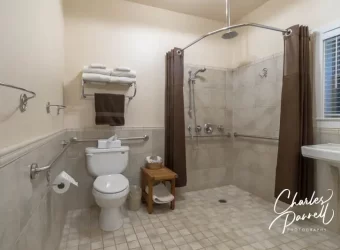
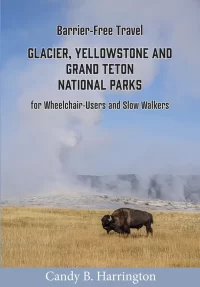

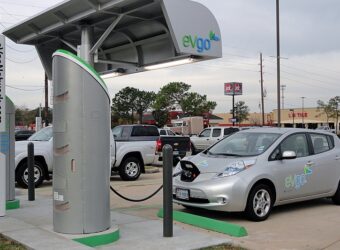

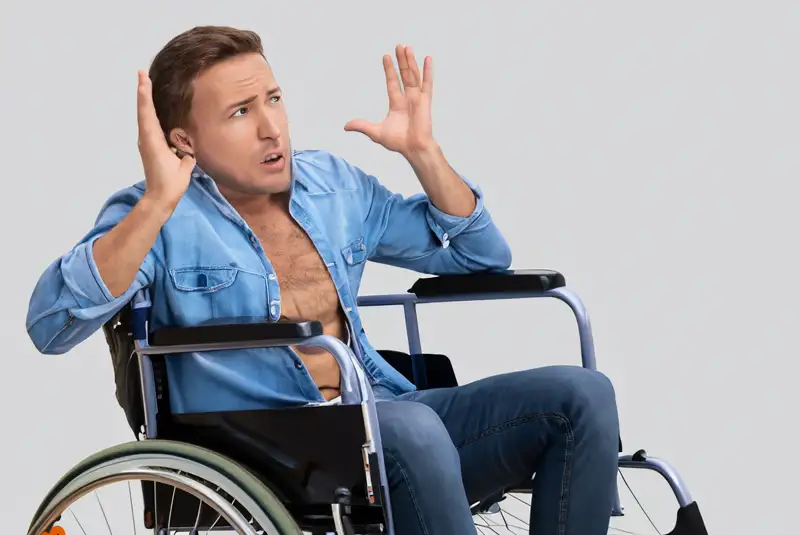 Ever wonder why some people end up with upgrades and refunds whenever they make a wheelchair-access travel complaint, while others walk away with zero compensation? Truth be told, it’s all in the details. Knowing when to complain, how to complain and who to complain to are the keys to not only resolving the issue at hand, but also to receiving adequate compensation for your inconvenience. So the next time you encounter an access-related problem on the road, follow this roadmap for prompt resolution and adequate compensation.
Ever wonder why some people end up with upgrades and refunds whenever they make a wheelchair-access travel complaint, while others walk away with zero compensation? Truth be told, it’s all in the details. Knowing when to complain, how to complain and who to complain to are the keys to not only resolving the issue at hand, but also to receiving adequate compensation for your inconvenience. So the next time you encounter an access-related problem on the road, follow this roadmap for prompt resolution and adequate compensation.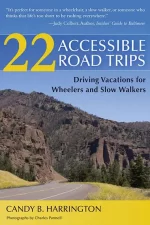
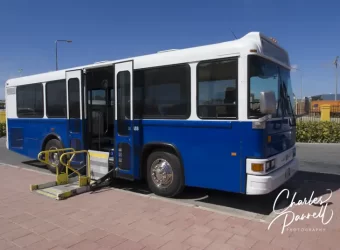
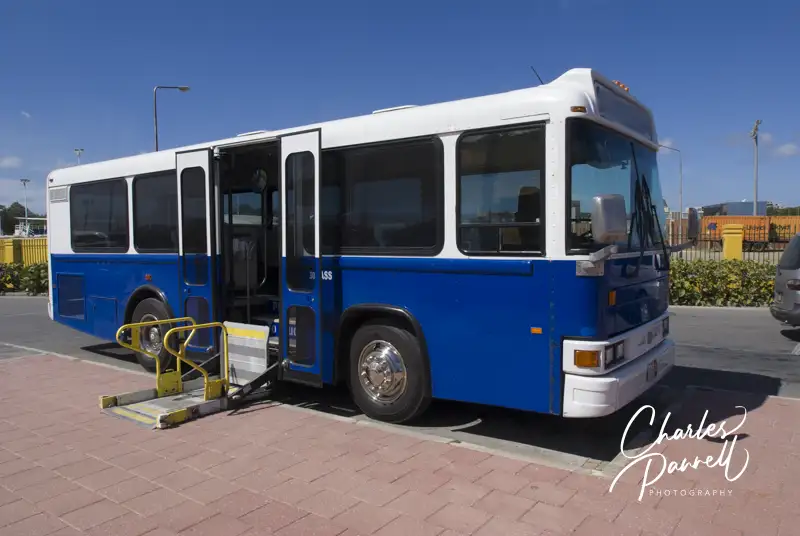
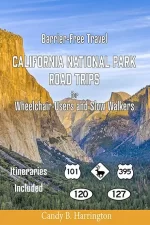


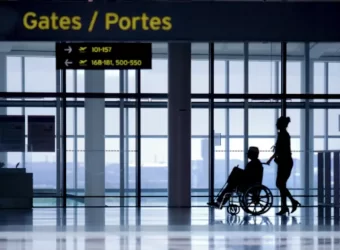
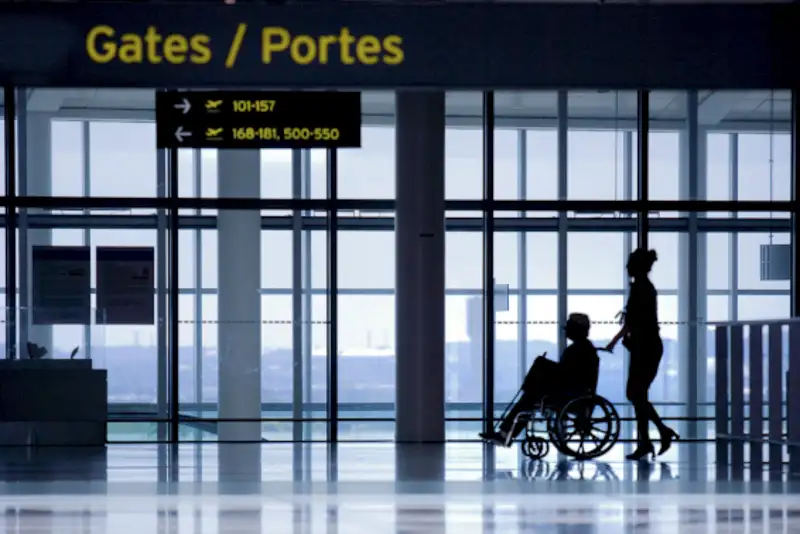 Travel by its very nature requires a good amount of preparation, especially when it includes air travel. Factor a disability into that equation and the complexity increases. With that in mind, here are some helpful tips for flying with a wheelchair.
Travel by its very nature requires a good amount of preparation, especially when it includes air travel. Factor a disability into that equation and the complexity increases. With that in mind, here are some helpful tips for flying with a wheelchair.



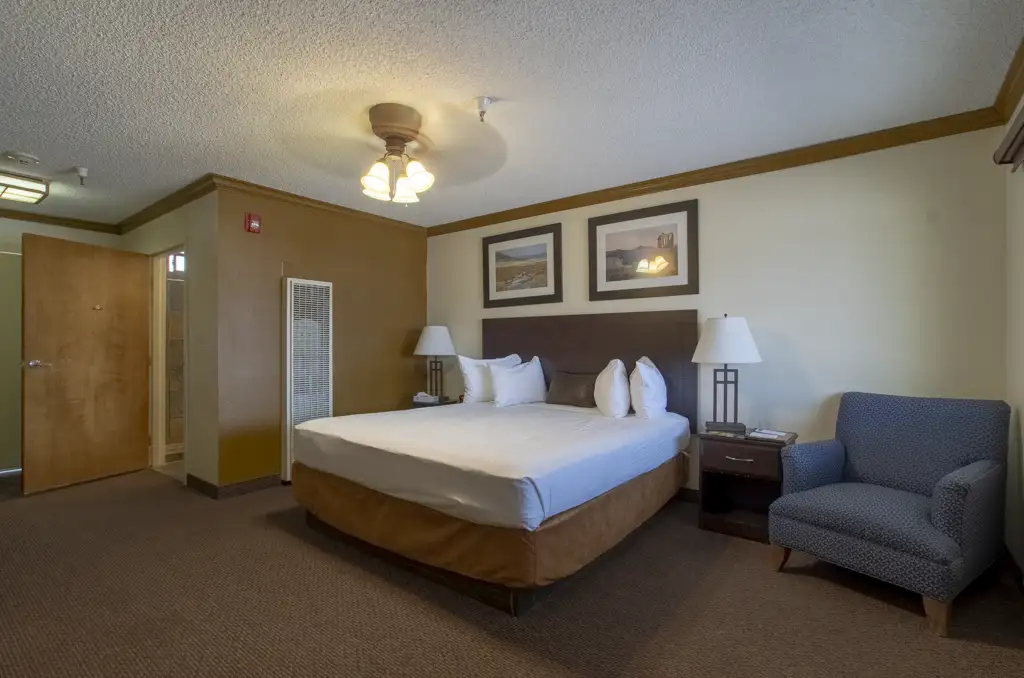 The American’s with Disabilities Act (ADA) covers a lot of issues in public accommodations; however the ADA doesn’t address bed height. This presents numerous problems for wheelchair-users and slow walkers who need to check into a hotel or motel.
The American’s with Disabilities Act (ADA) covers a lot of issues in public accommodations; however the ADA doesn’t address bed height. This presents numerous problems for wheelchair-users and slow walkers who need to check into a hotel or motel.
 I use a manual wheelchair and I’d like to train my dog to be a service animal so I can travel with him. There are so many places that offer training, certification and registration online, and I really have no idea of where to go. Can you recommend some certified trainers or schools, and also direct me to the official place to register my dog as a service animal?
I use a manual wheelchair and I’d like to train my dog to be a service animal so I can travel with him. There are so many places that offer training, certification and registration online, and I really have no idea of where to go. Can you recommend some certified trainers or schools, and also direct me to the official place to register my dog as a service animal?